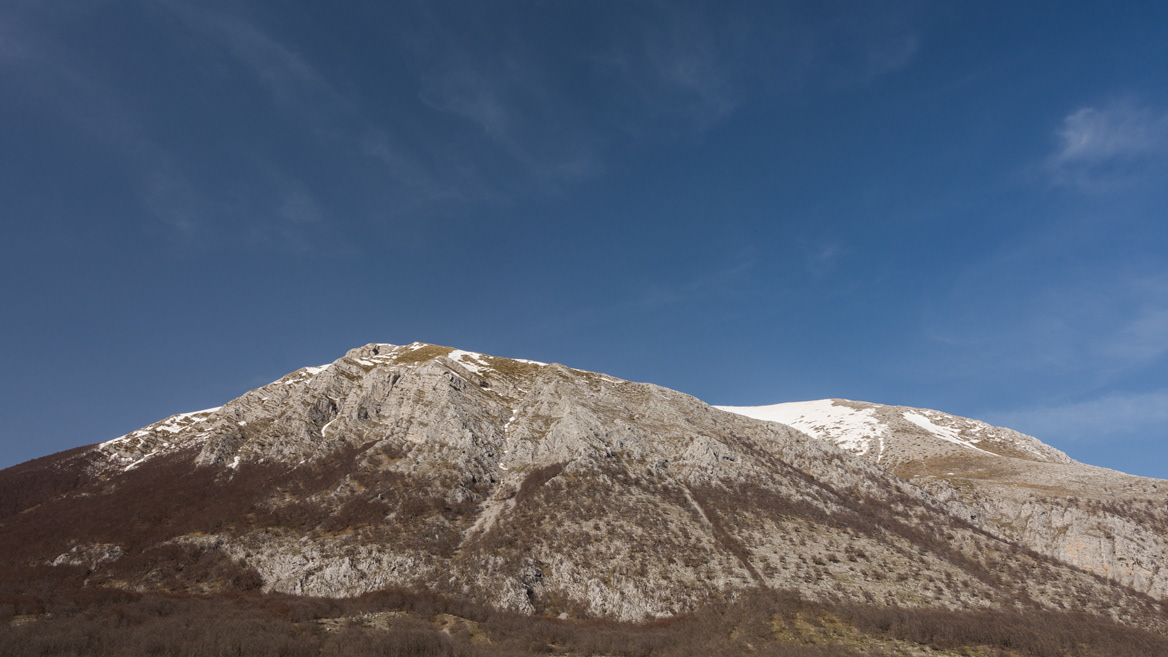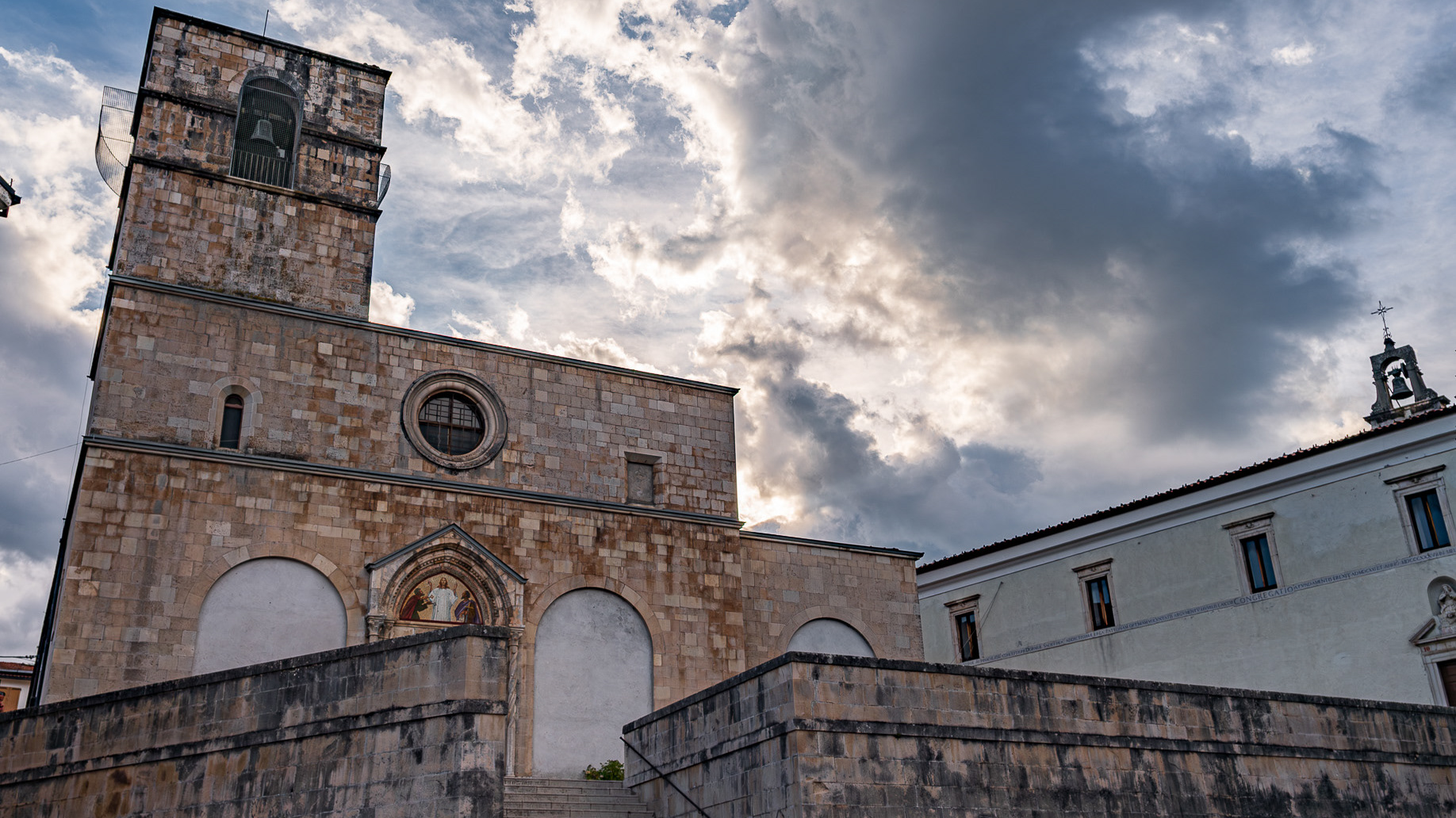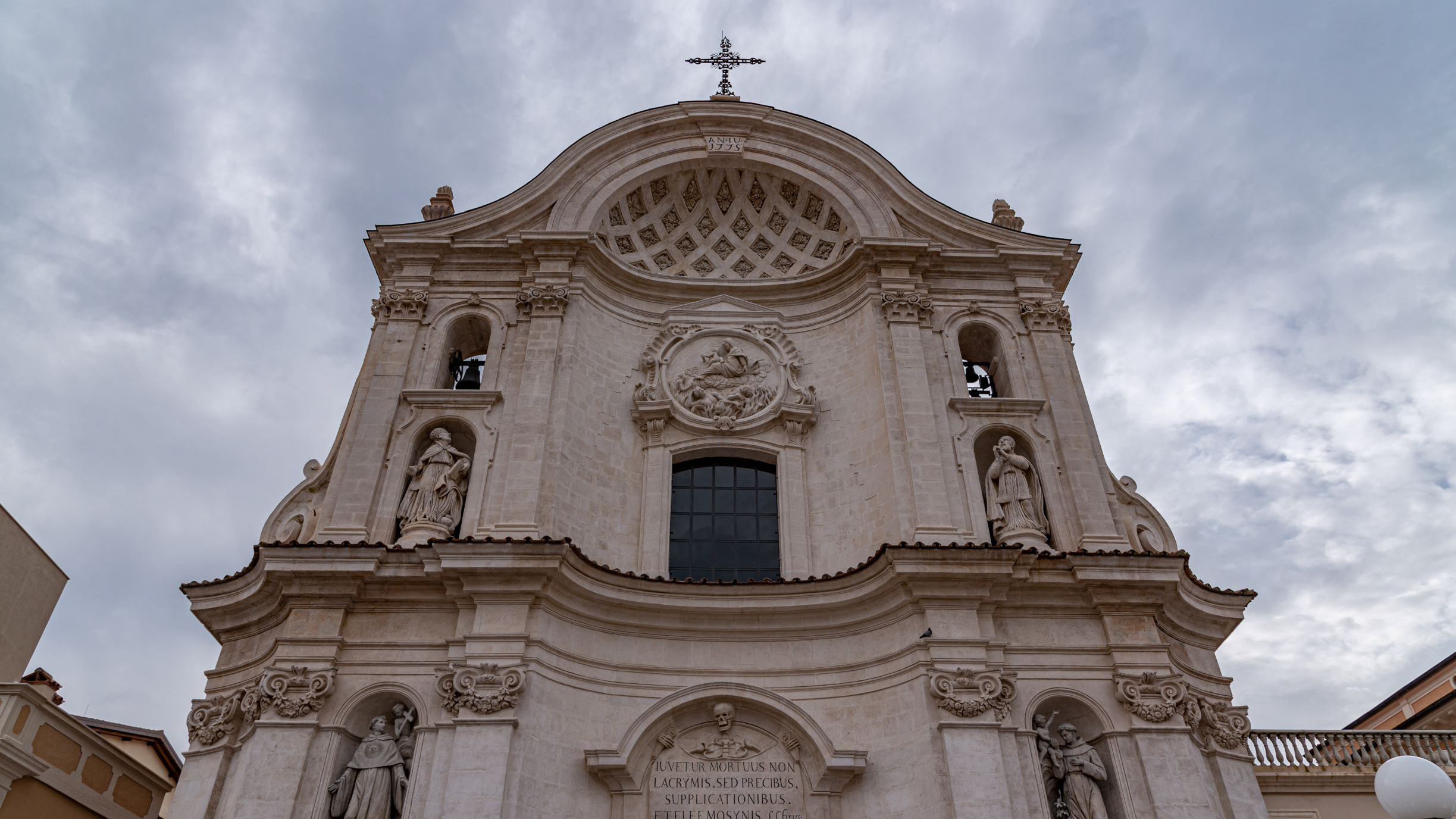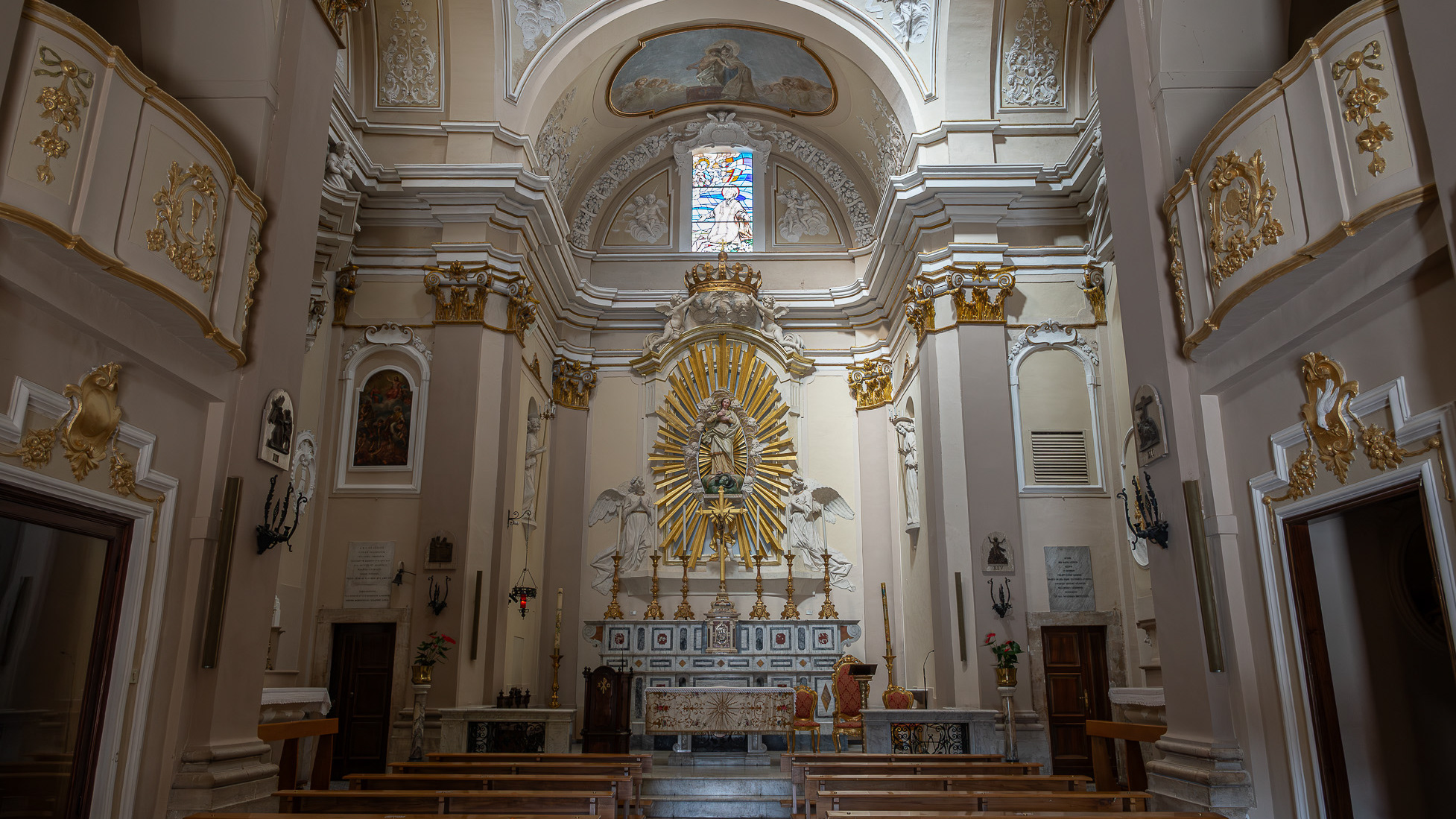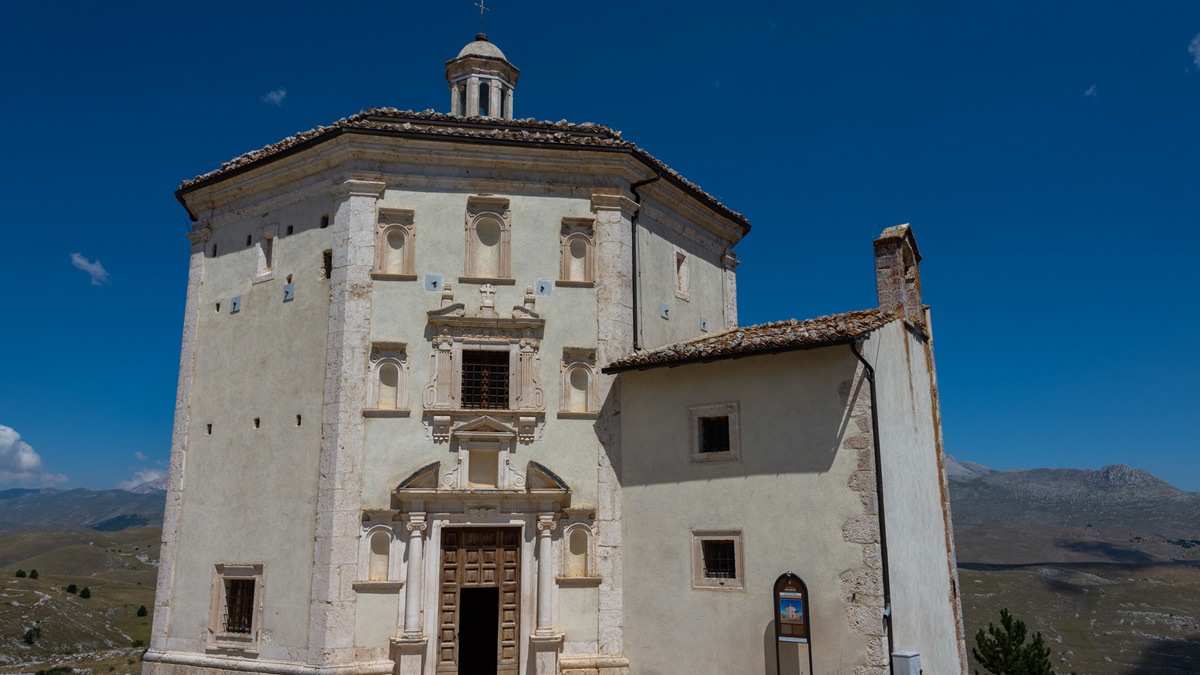Scanno (AQ)
Scanno (Scannë in Abruzzo) is an Italian town of 1 883 inhabitants located in the province of L'Aquila, in Abruzzo. The municipal territory, surrounded by the Marsicani Mountains, is partly included within the borders of the National Park of Abruzzo, Lazio and Molise and is in turn part of the Peligna mountain community. It is an important winter and summer resort and is part of the club The most beautiful villages in Italy. In the surroundings there are the homonymous lake, which however belongs for three quarters to the municipality of Villalago, the ski resorts of Passo Godi and Monte Rotondo, the plateaus of Monte Greco and Lake Pantaniello, as well as the natural reserve of the Sagittario Gorges. Scanno is also known as the City of Photographers; a place much appreciated by many Italian and foreign authors. Throughout the twentieth century, its unmistakable views and its people were the subjects of many famous shots taken by Hilde Lotz-Bauer, Henri Cartier-Bresson, Mario Giacomelli, Renzo Tortelli, Gianni Berengo Gardin, Ferdinando Scianna, Mario Cresci and many others . In 1964 it was a photograph taken in Scanno by Mario Giacomelli that became part of the prestigious collection of photographic works of the Museum of Modern Art in New York. This image is known as The Scanno Boy, or Scanno Boy.
You may also like
